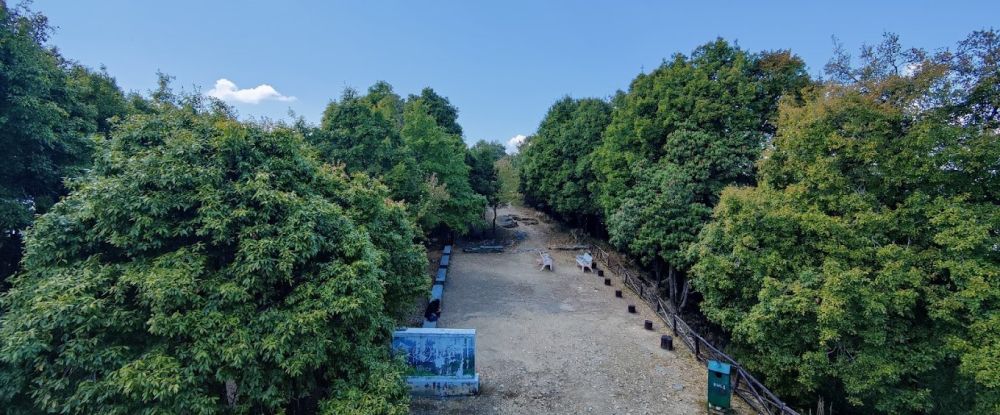

Nestled in the picturesque Himalayan region of Kumaon, the Binsar Wildlife Sanctuary is one of the scenic spots in Almora district of Uttarakhand, India. The area has a rich history, not only in terms of its ecological significance but also regarding its role in the local tourism industry.
The history of Binsar as a tourist destination is closely linked with its establishment as a protected area. The sanctuary was set up in 1988, under the Wildlife Protection Act of 1972, to conserve the diminishing broad leaf oak forests of the Central Himalayan region and provide a safe haven for the rich wildlife endemic to this area.
Initially visited by only the most intrepid travelers and nature enthusiasts, it wasn't until the early 2000s that Binsar started gaining prominence as a tourist hotspot. The government and locals began promoting the sanctuary as an ideal getaway for those seeking tranquility away from the bustling city life.
Eco-tourism began to take root with the realization that the conservation of Binsar's diverse flora and fauna could be symbiotic with human visitation. By promoting responsible travel to natural areas, it was believed that tourism could help in the preservation of the environment while benefiting the local community economically.
Bird Watching: Binsar Wildlife Sanctuary is renowned for its bird population. Bird watchers and ornithologists flock to this area to catch a glimpse of the over 200 species of birds known to reside within its forests.
Walking and Trekking: The sanctuary offers numerous walking trails and treks for all levels of outdoor enthusiasts, which are becoming increasingly popular as a way to experience the natural beauty of the region.
Photography Tours: With its breathtaking landscapes and rich biodiversity, photography tours have become a sought-after activity within the sanctuary, attracting photographers from across the globe.
Home Stays and Eco-Friendly Resorts: To cater to the growing number of ecotourists, a range of eco-friendly lodging options have sprung up, helping visitors to merge with the natural surroundings while also supporting local economies and sustainable tourism practices.
Tourism has significantly influenced the development of local infrastructure, with improvements in transportation and communications. However, it has also brought challenges related to managing visitor impact on the sanctuary's ecosystem. In response, authorities have been implementing stricter regulations and carrying out conservation programs to ensure that tourism remains a boon, not a bane, for the well-being of Binsar's natural heritage.